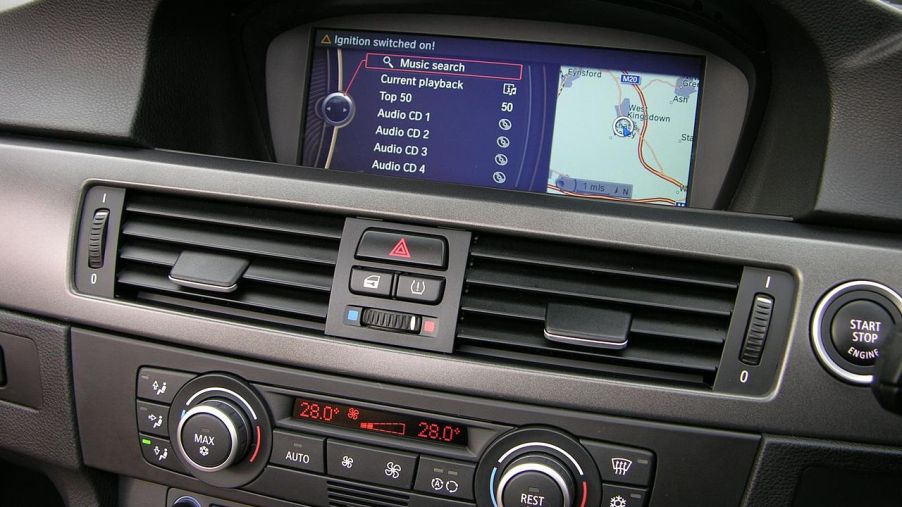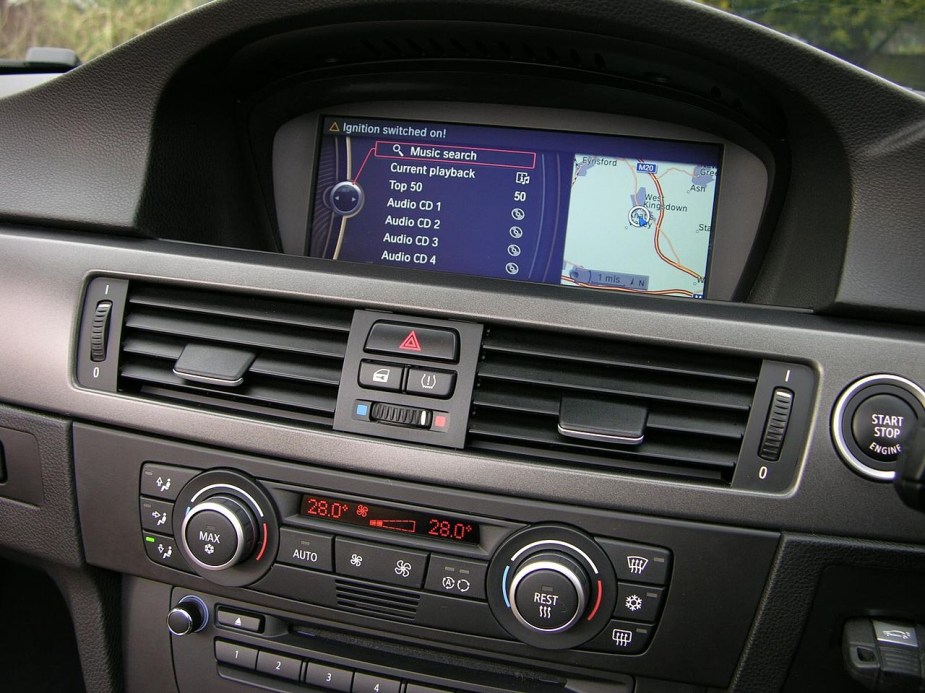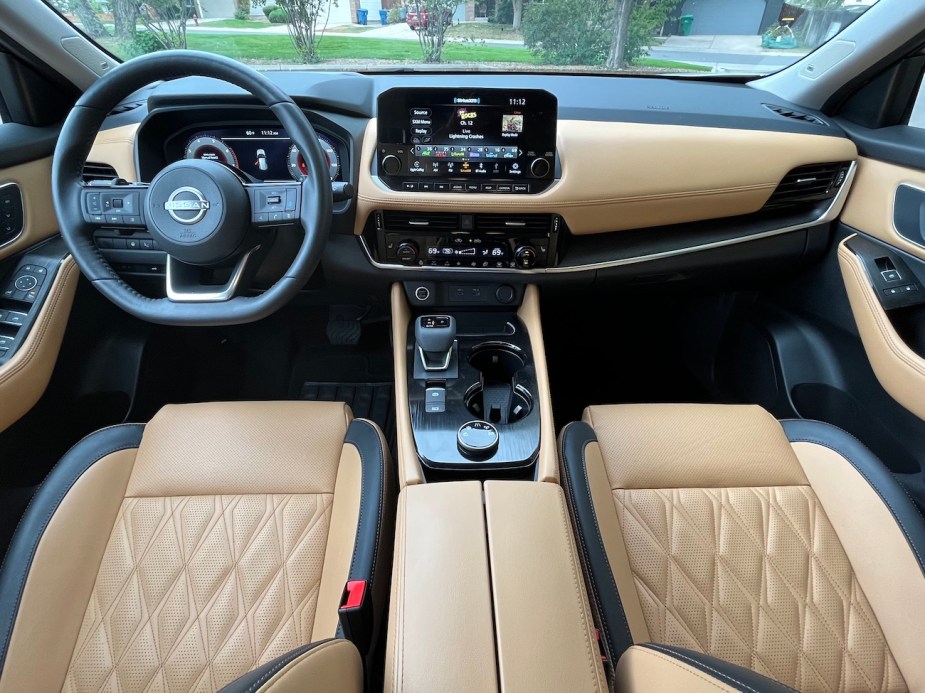
What Does Dual-Zone Climate Control Mean?
While researching a new car to buy, there are tons of features to sift through. Out of the lists of things included with vehicles, there will be some that are difficult to understand. One more common but confusing feature is dual-zone climate control or dual-zone automatic climate control. We know it has to do with air conditioning and heating and that multiple zones are included. However, what does dual-zone climate control really mean?
What is dual-zone climate control?

According to Cars.com, dual-zone climate control is a system that allows the front passengers of a vehicle to have their own “zones” to control the temperature inside the cabin. A single temperature controls the entire cabin for older cars and less well-equipped modern models. As a result, passengers who get cold easily sitting next to someone who is usually hot have a lot of disagreements. Especially for long road trips, it can be convenient for each passenger to control their section of the vehicle.
Automatic systems for climate use an “array of sensors” to determine the temperature inside and outside the vehicle. In addition, humidity, air quality, sunlight, and more are sometimes monitored as well. Next, the system uses its computer and the heating, ventilation, and air conditioning with “dampers in the system located behind the dashboard that balance air flow through the heating and cooling sections.” With sensors specific to each area of the cabin, it can create a unique temperature and airflow for each person. Most commonly, cars have dual-zone climate control (two passengers), but more zones are possible.
Why is automatic climate control better?

While reading about car climate monitoring systems, you’ll find “automatic climate control.” It can be dual-zone automatic or just automatic climate control, but what does that mean? Let’s just say there’s a reason that automatic climate control usually costs a little more money. Manual climate control systems “require you to fiddle with temperature and fan controls, as well as the cabin vents, to keep the cabin comfortable over the course of a drive.”
However, automatic climate control allows owners to set the temperature they want, then forget about it. Automated systems promise a more accurate temperature control system and also prevent distracted driving. Moreover, an uncomfortable driver with manual climate control is constantly fidgeting with buttons or knobs, which takes some attention away from the road. Automatic climate control systems often require a higher trim level or an optional package because it adds to the complexity of the climate system and, therefore, costs more money.
More zones for climate control
Dual-zone climate control is the most common temperature-controlling feature you’ll find. However, what if you want to control the climate separately for more than just two zones? Tri- or quad-zone climate control systems exist, primarily in larger SUVs. Usually, a system like this adds more controls for the rear passengers, often near the center console. As a result, they have more air vents on the ceiling, between the front and rear doors, or somewhere else. Minivans and full-size SUVs implement this more than most other vehicles.
With three or four zones of climate control, front and rear passengers can each control their temperature setting. According to Cars.com, systems like Climate Concierge in many Lexus models “integrate the automatic multizone climate control with additional automatic control of the heated and ventilated seats and heated steering wheel.” For systems like this, sensors are added to the seats; sometimes, infrared sensors monitor the surface temperature of passengers on board.
Dual-zone and automatic climate control
In conclusion, dual-zone climate control means the ability to change the temperature in two different zones of a vehicle. Most commonly, this means the two front passengers will each have control over their temperature and comfort. In some more luxurious cars, three or four-zone climate control is available, adding access to temperature control for rear occupants. In addition, these systems are usually automatic, so the driver doesn’t have to get distracted from turning knobs, pressing buttons, or adjusting vents constantly.



